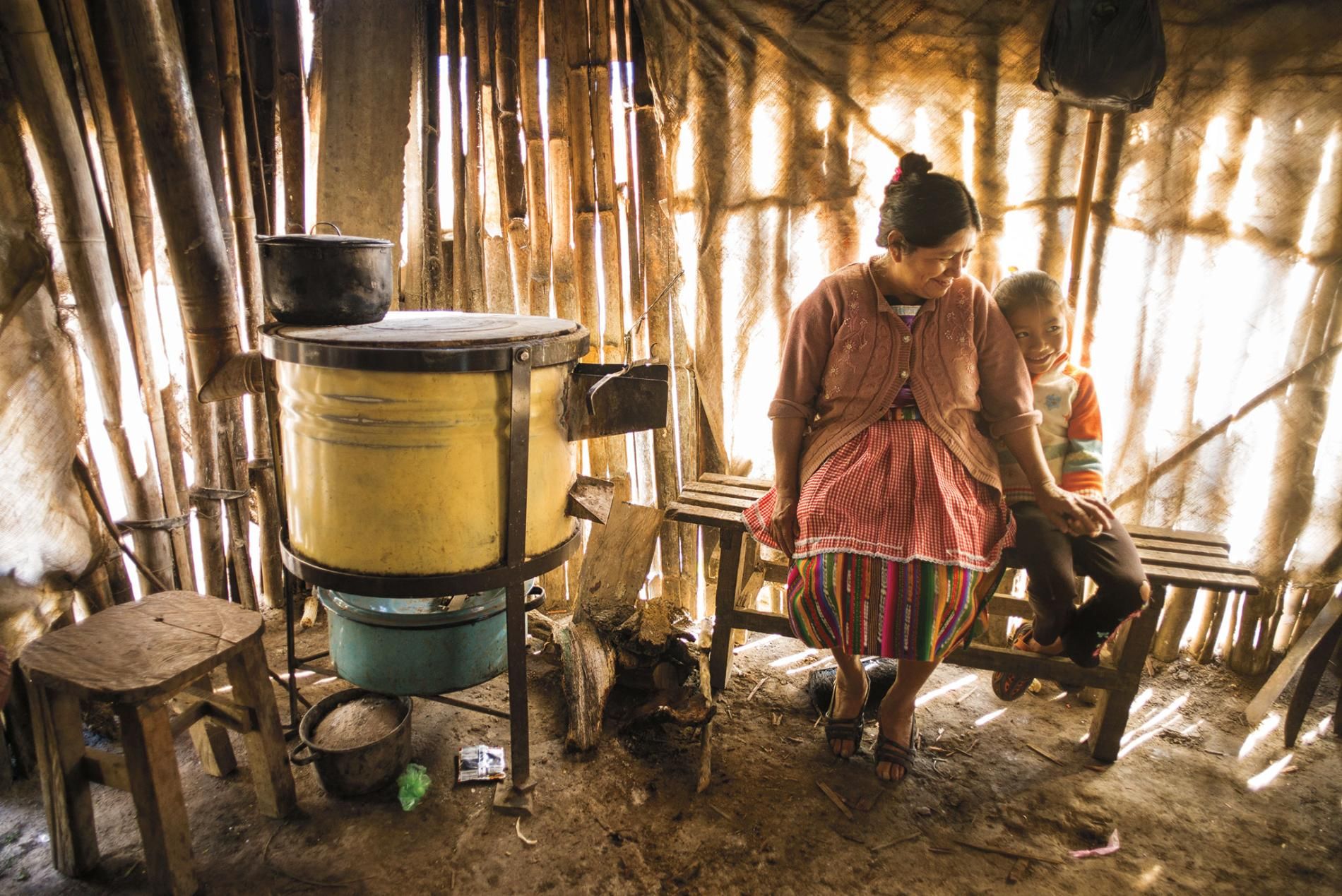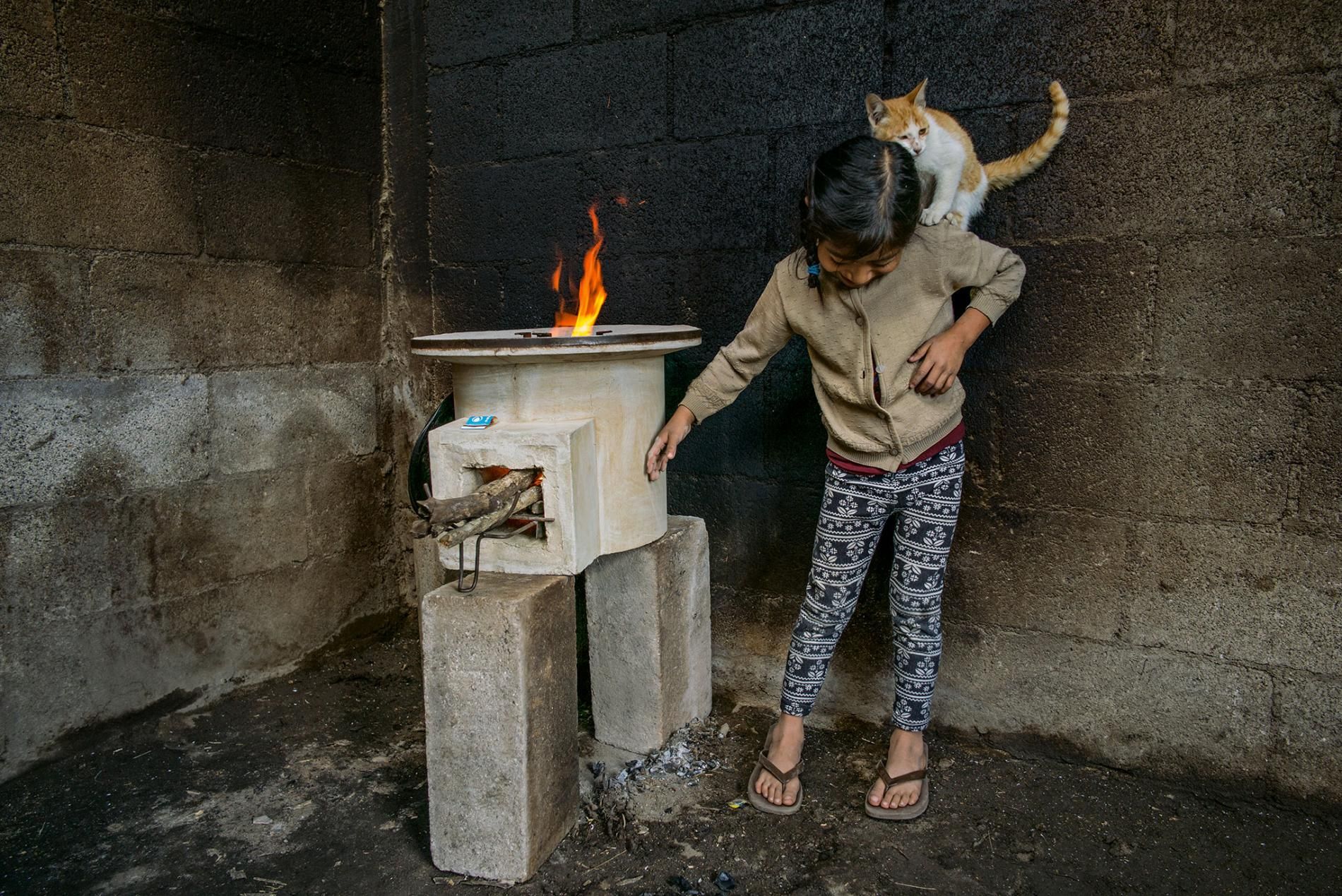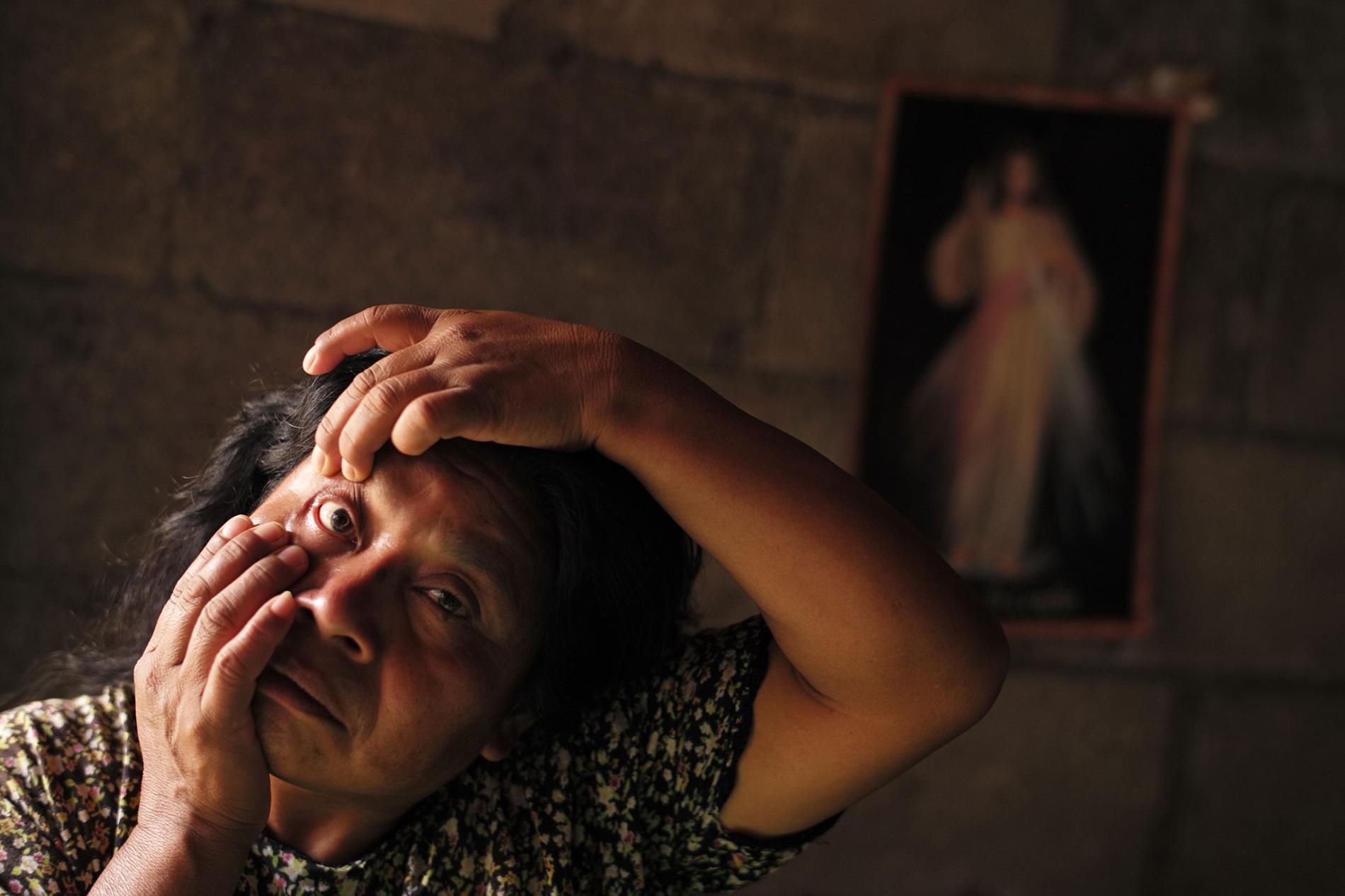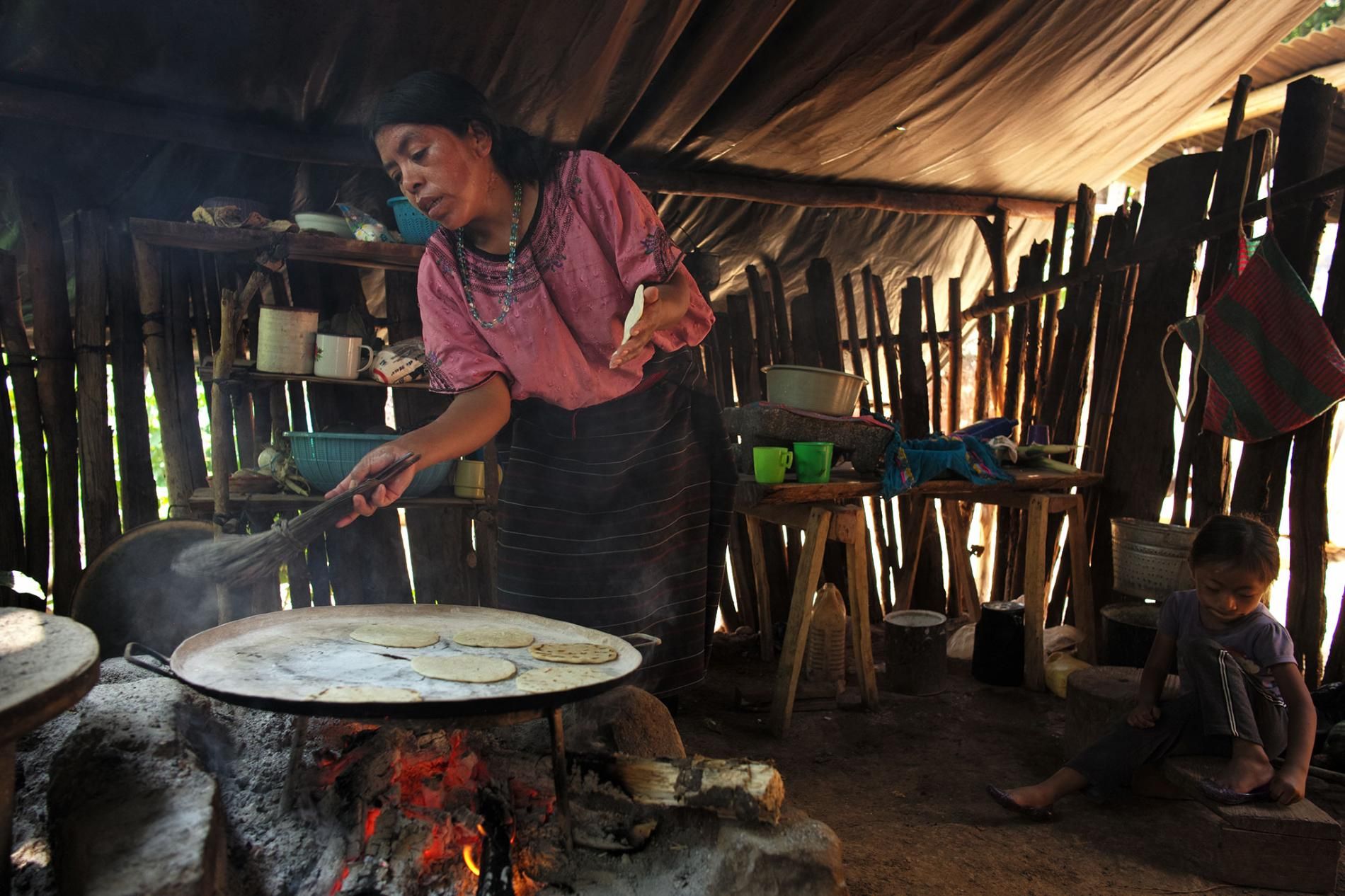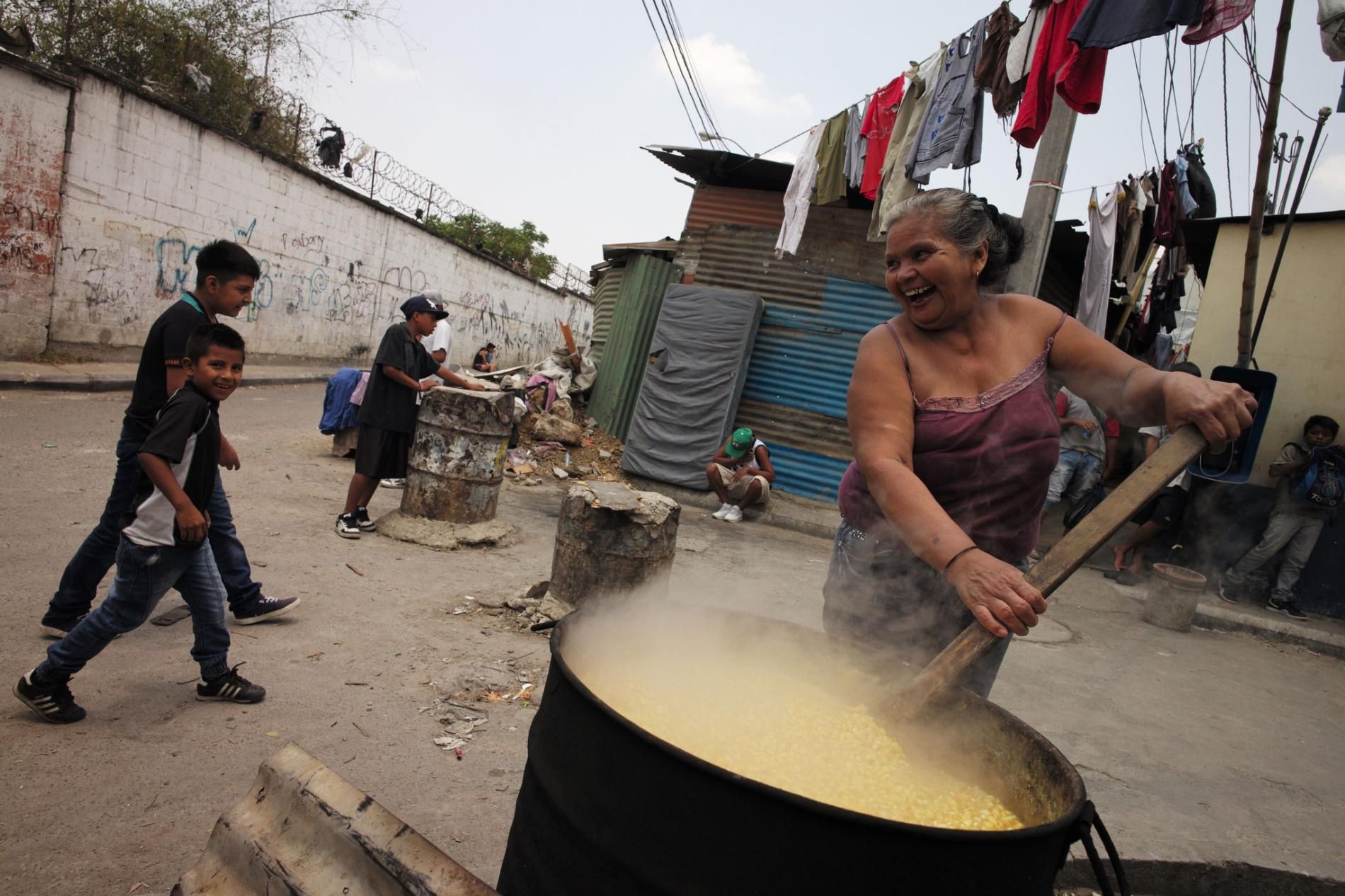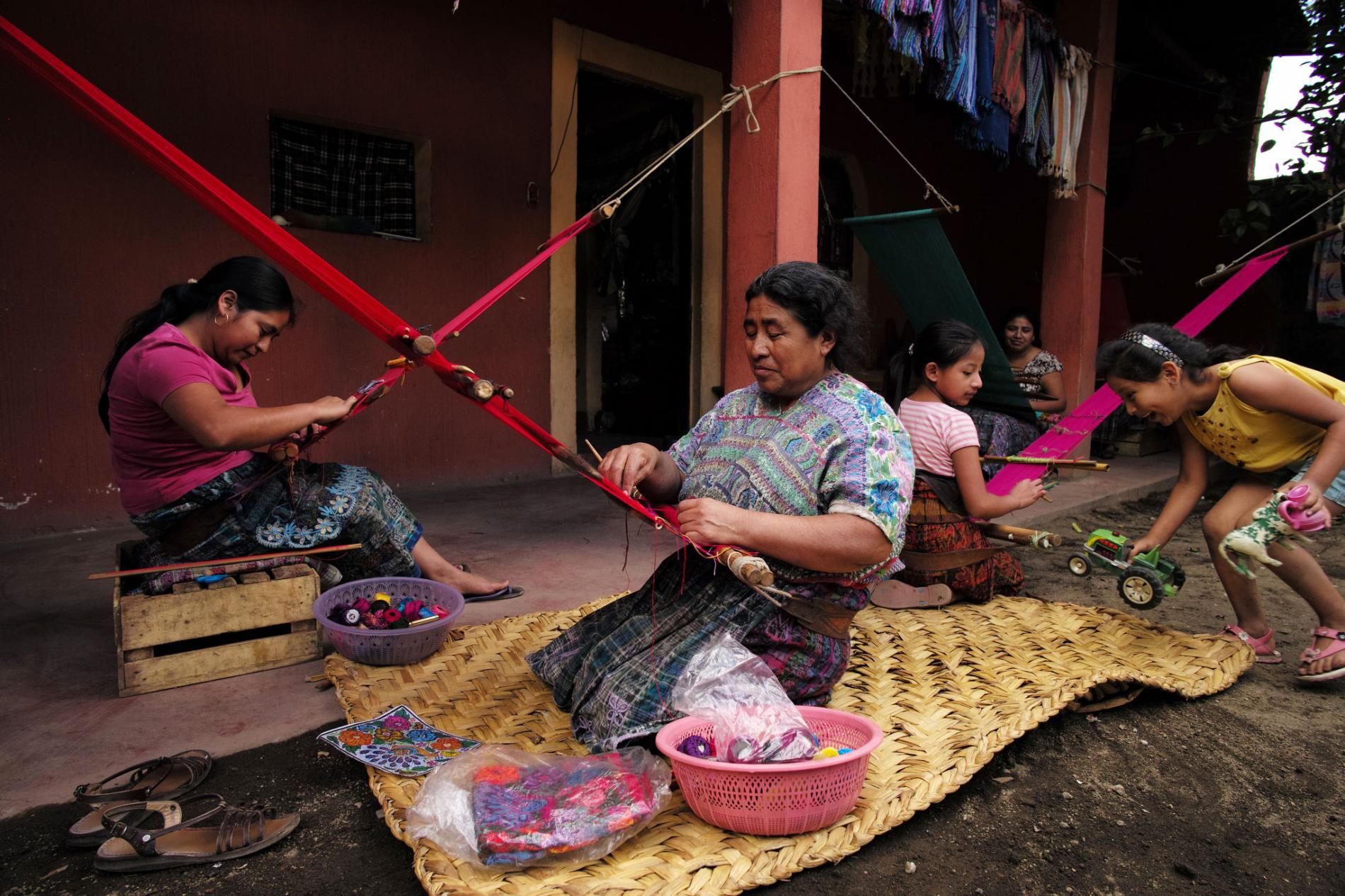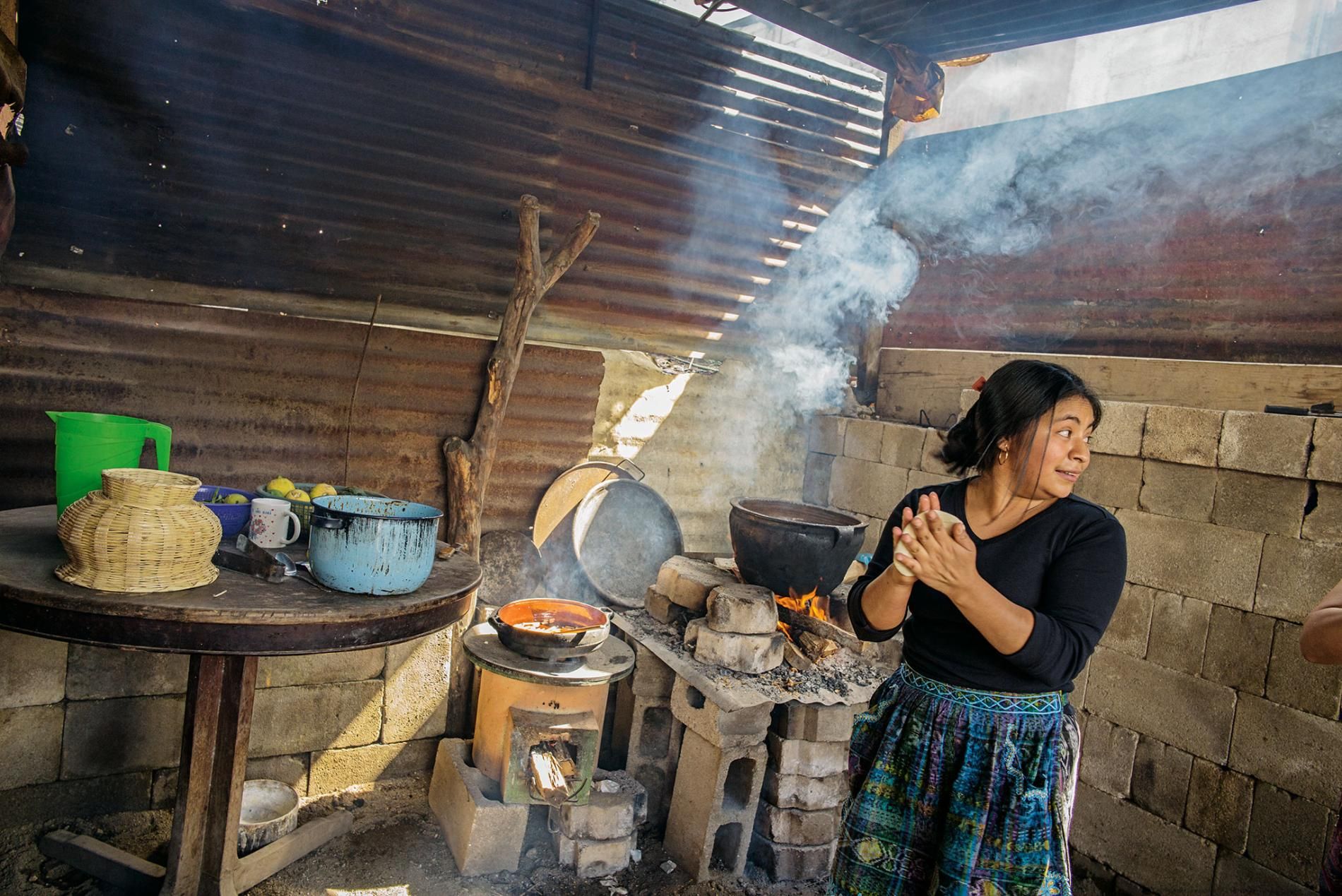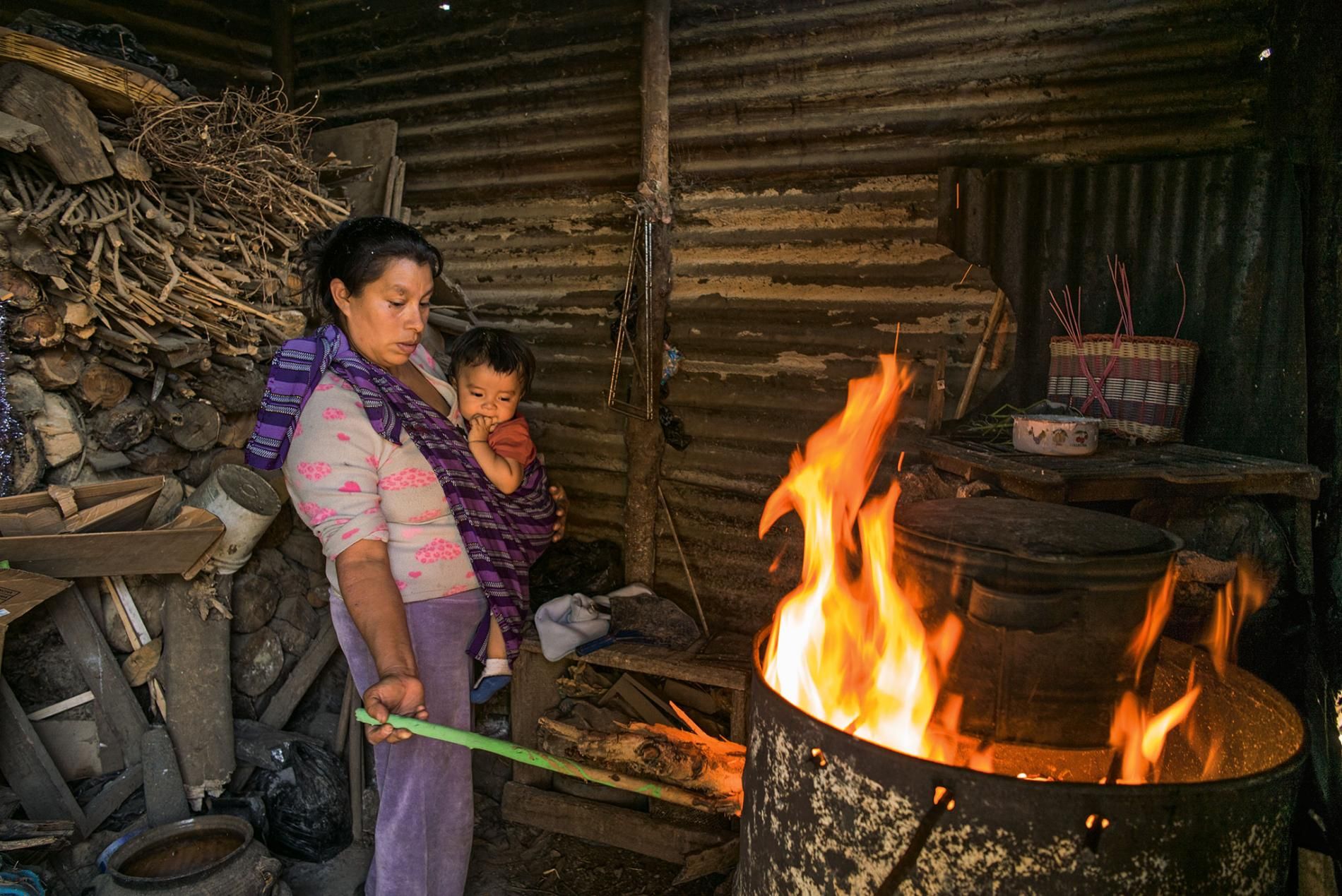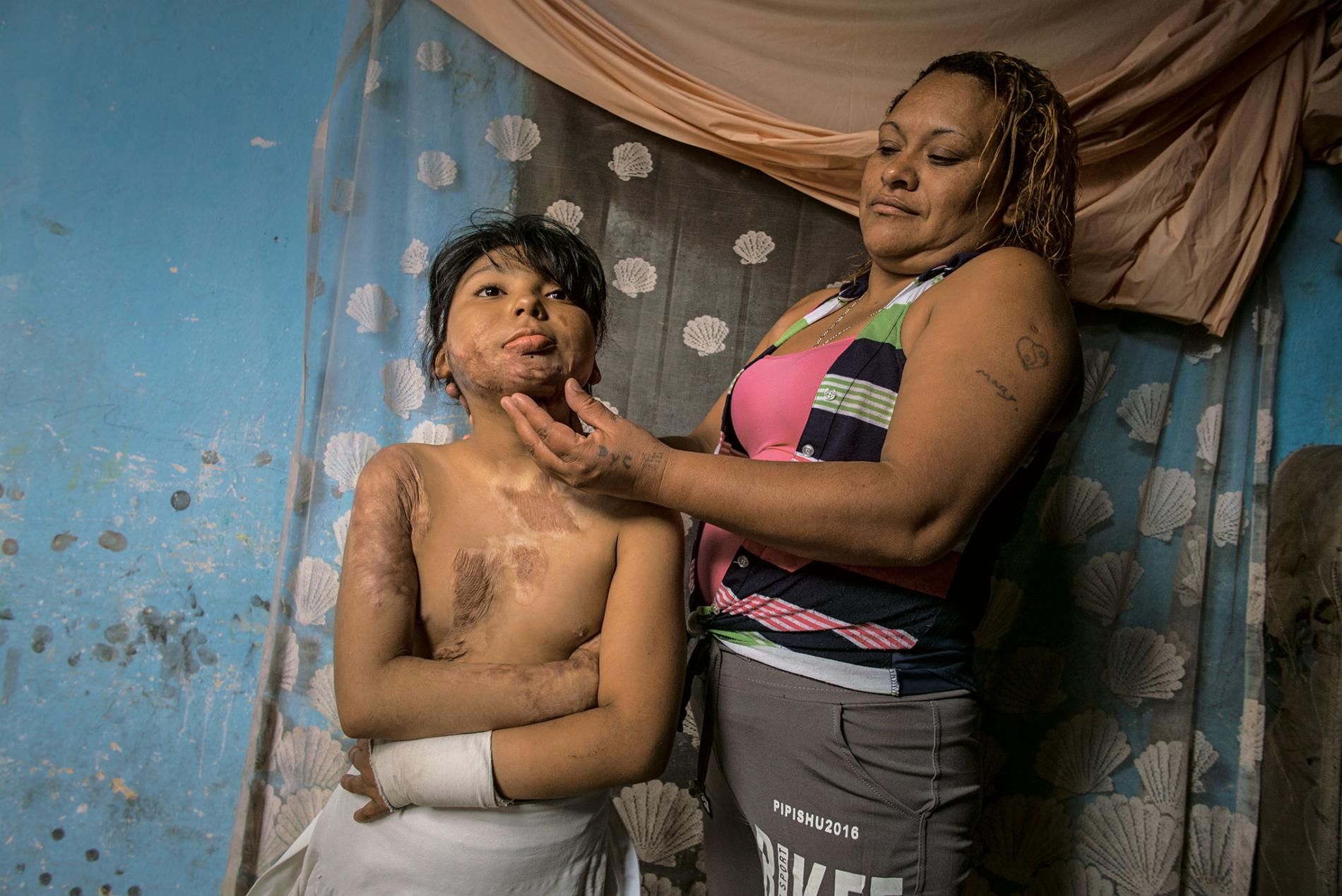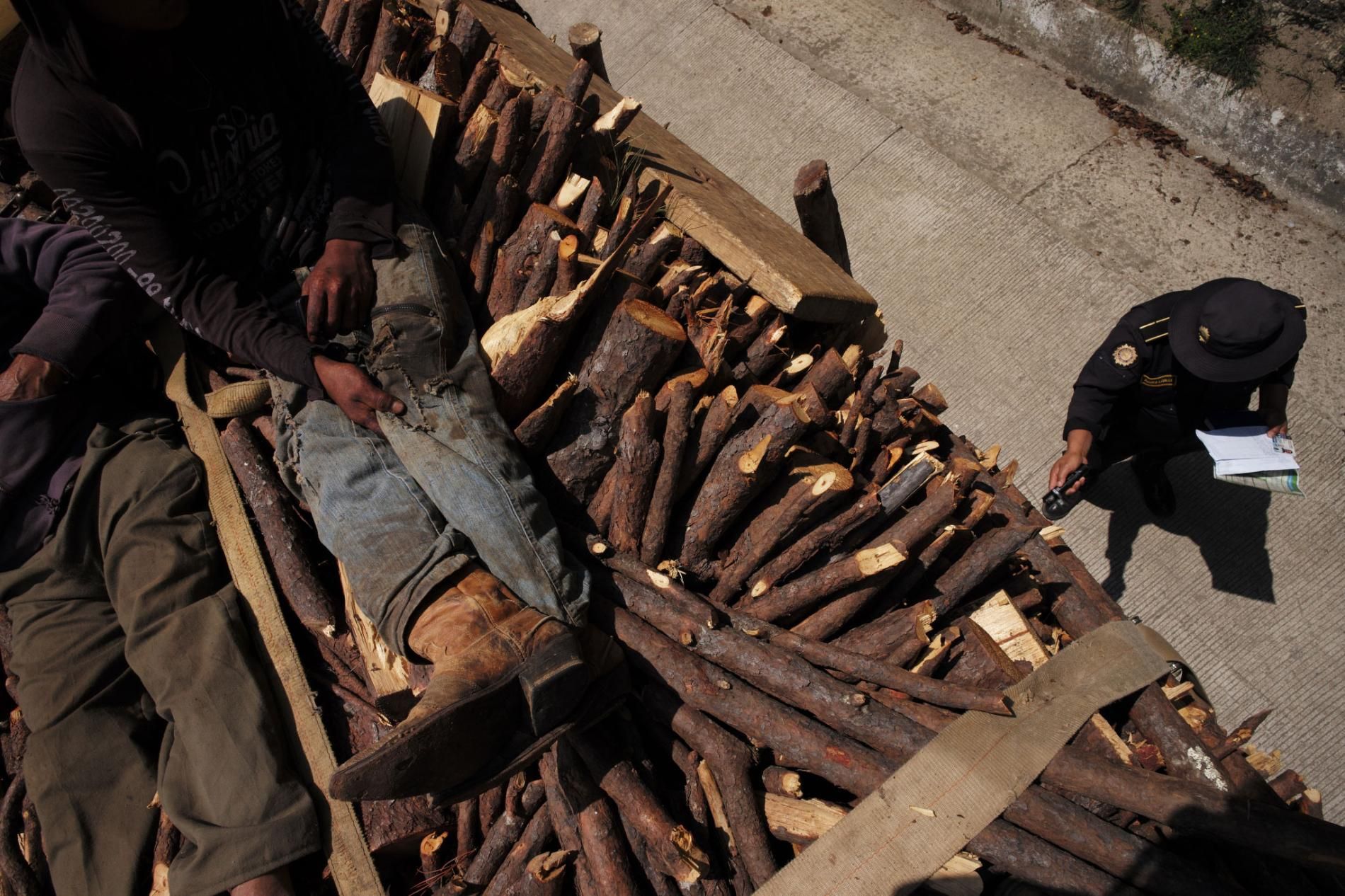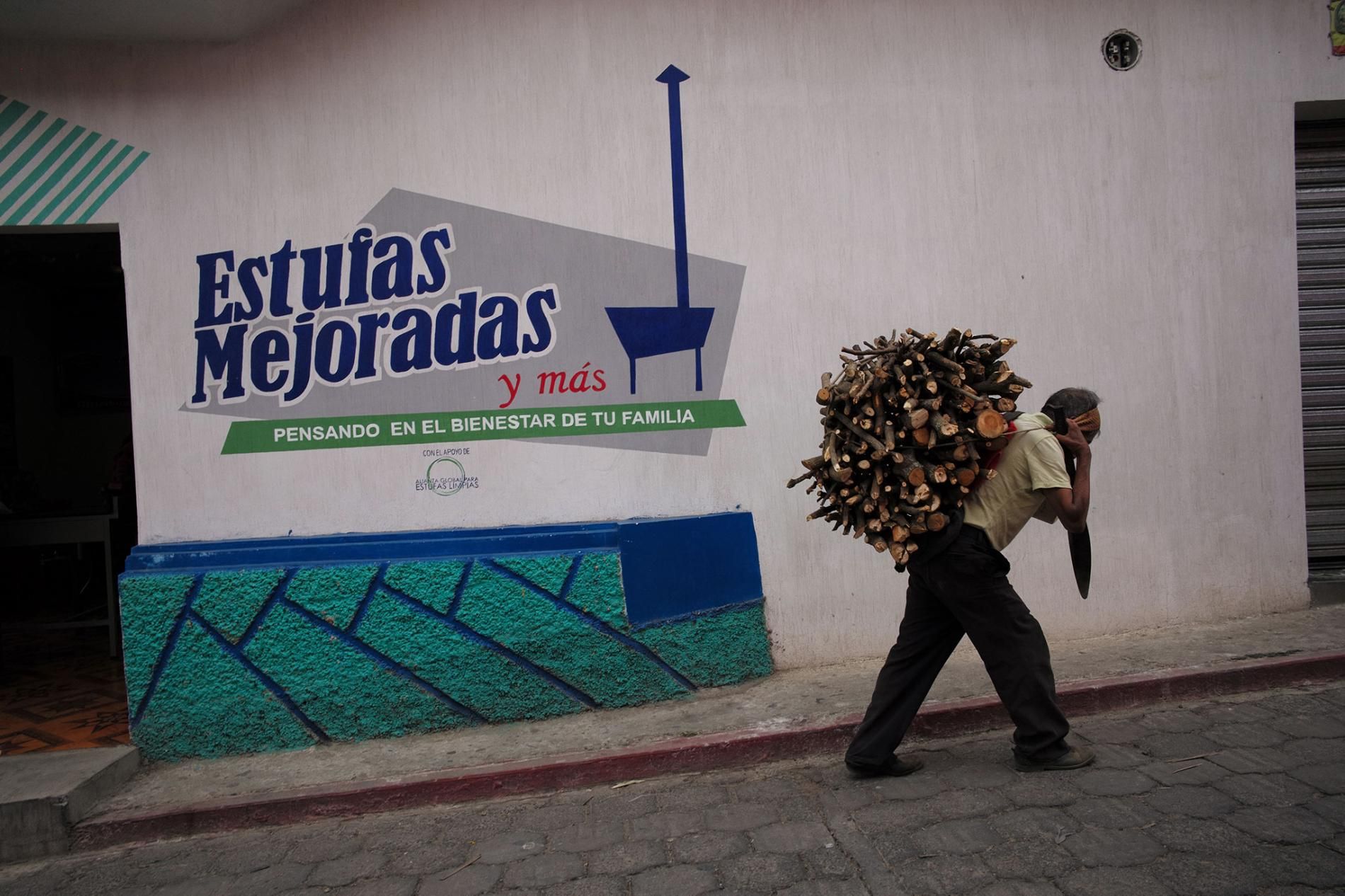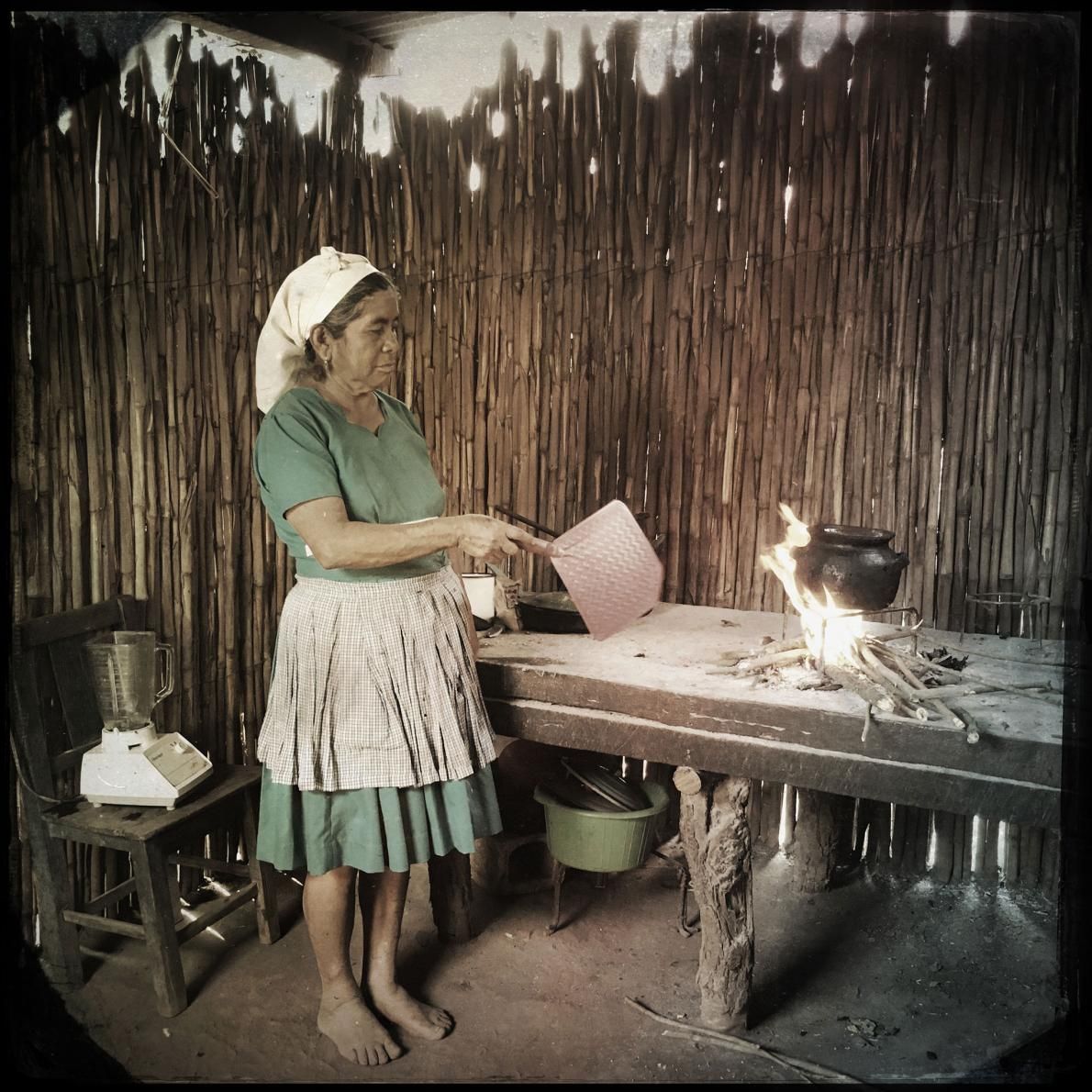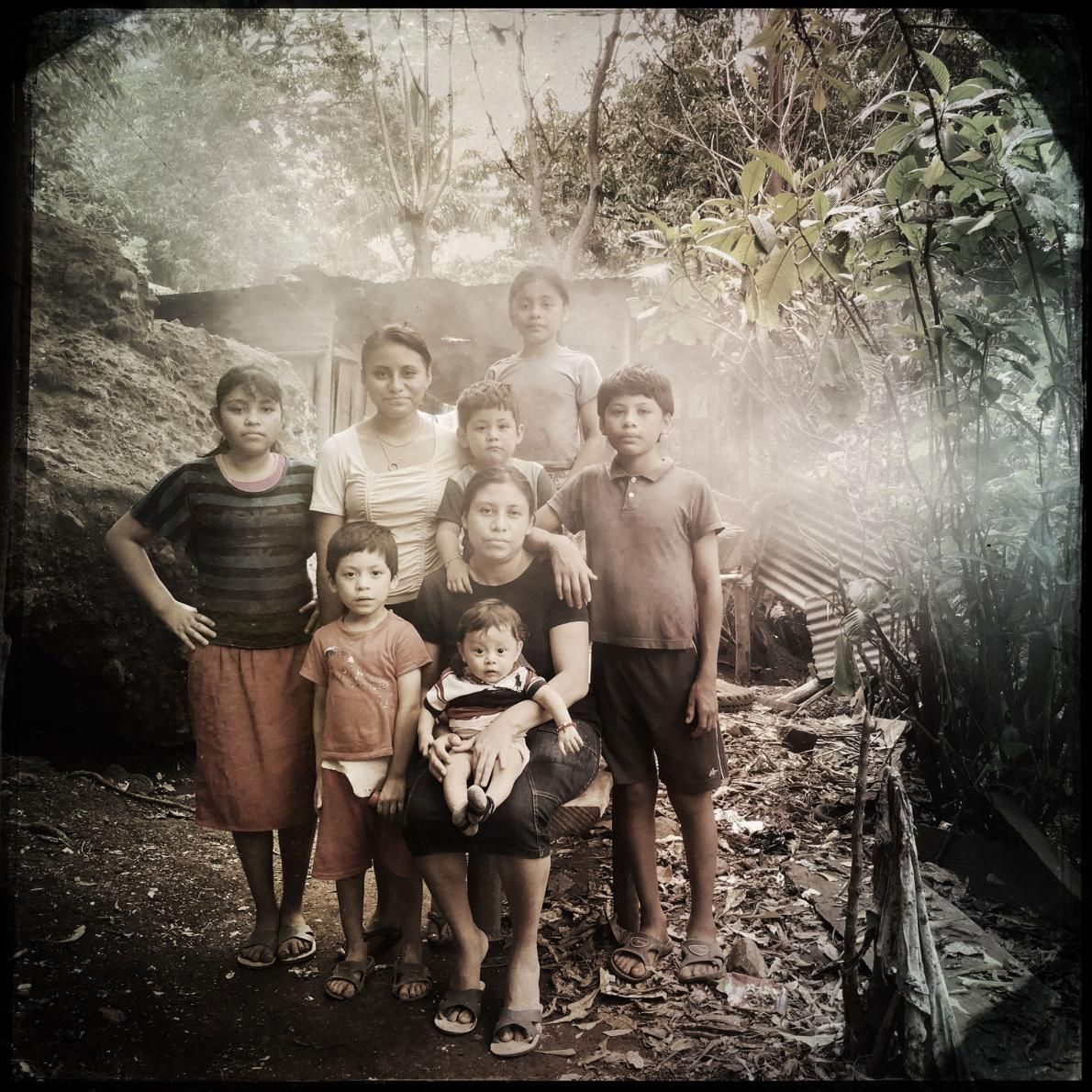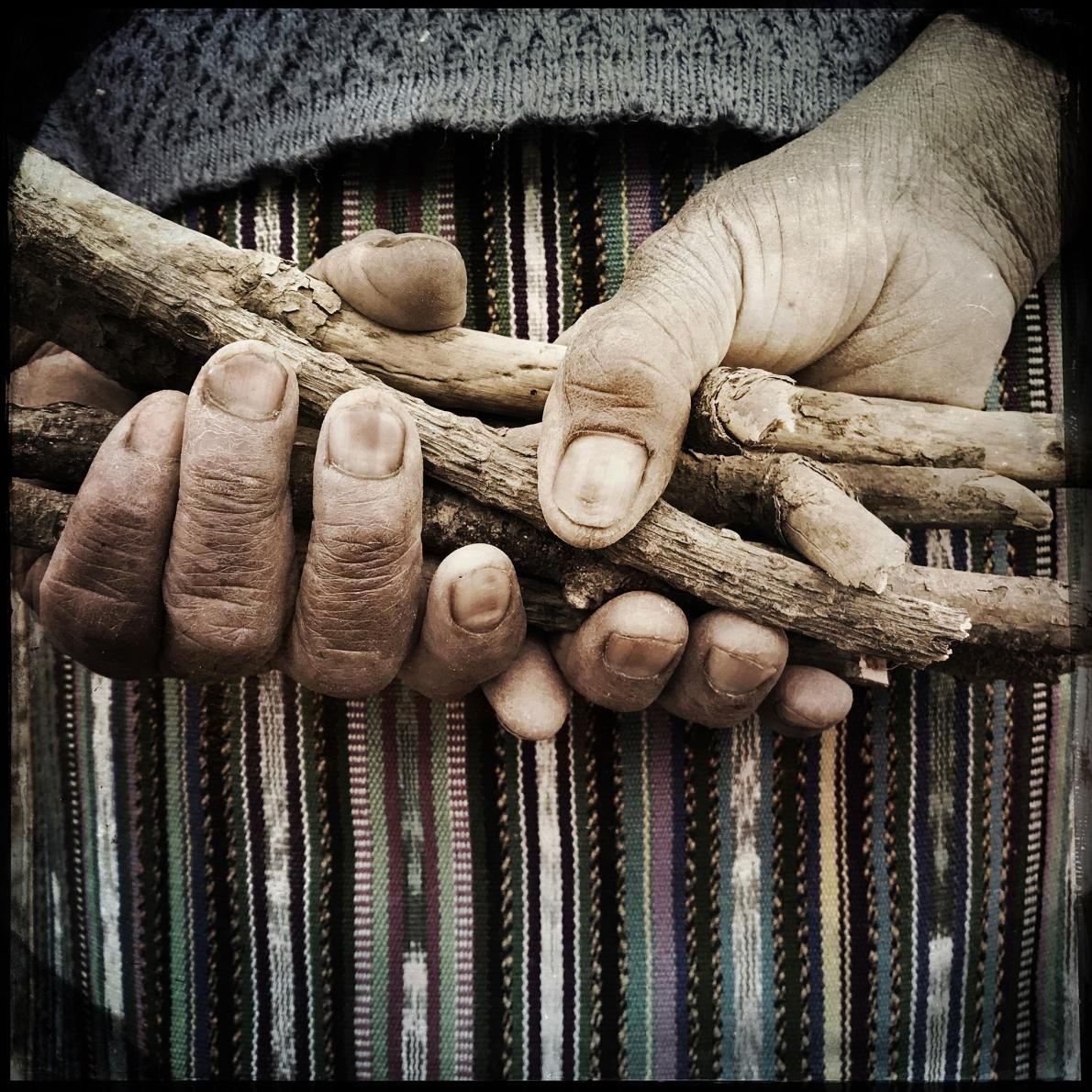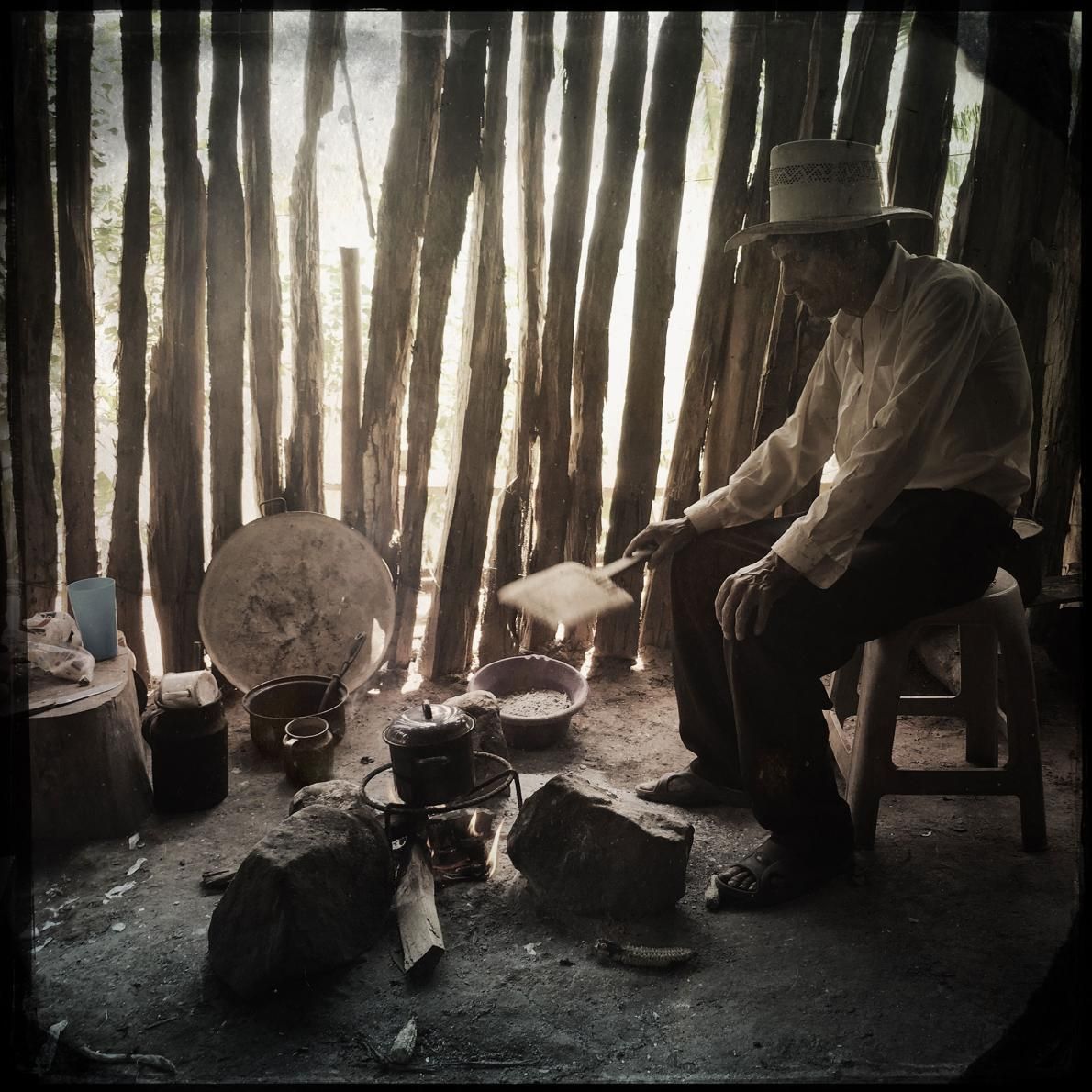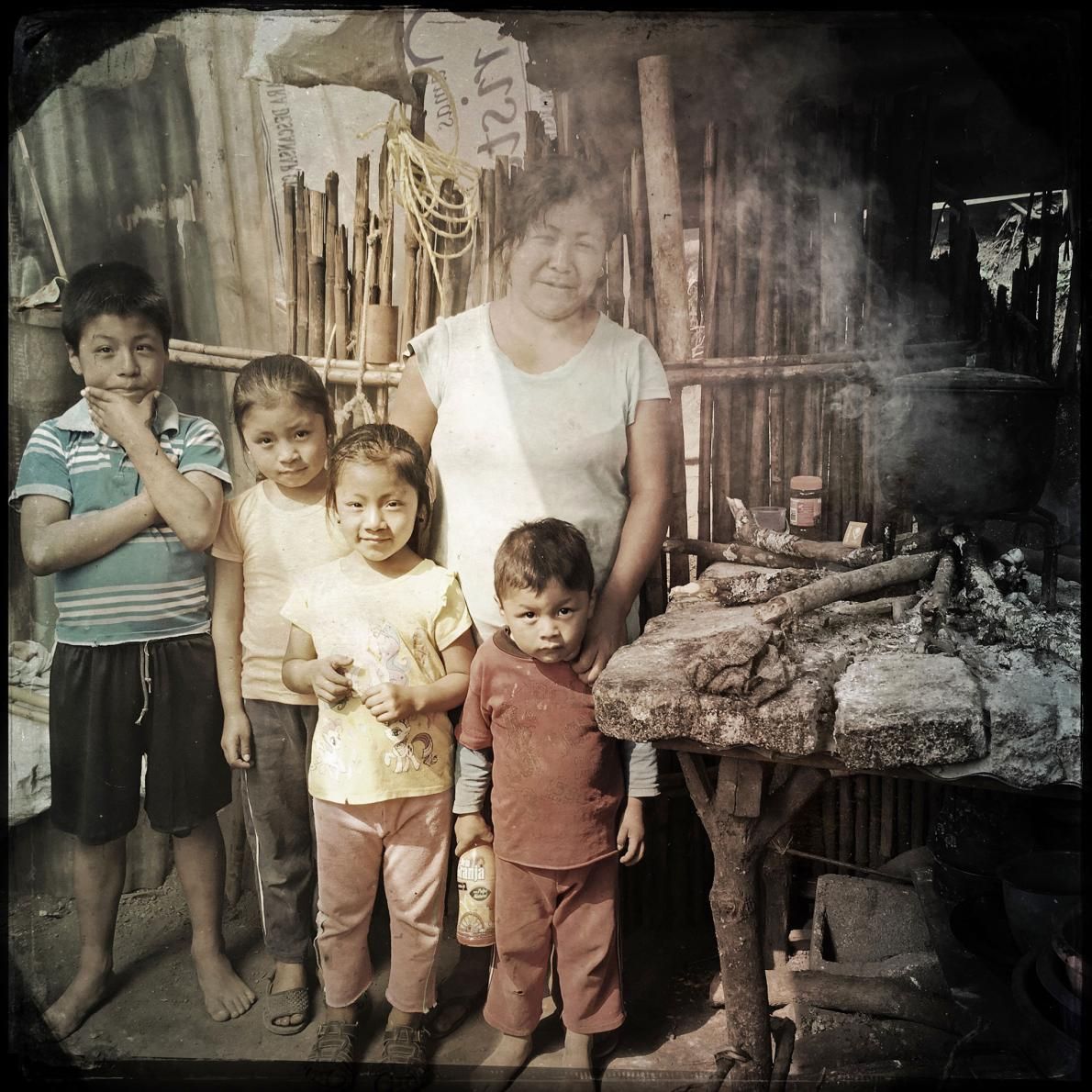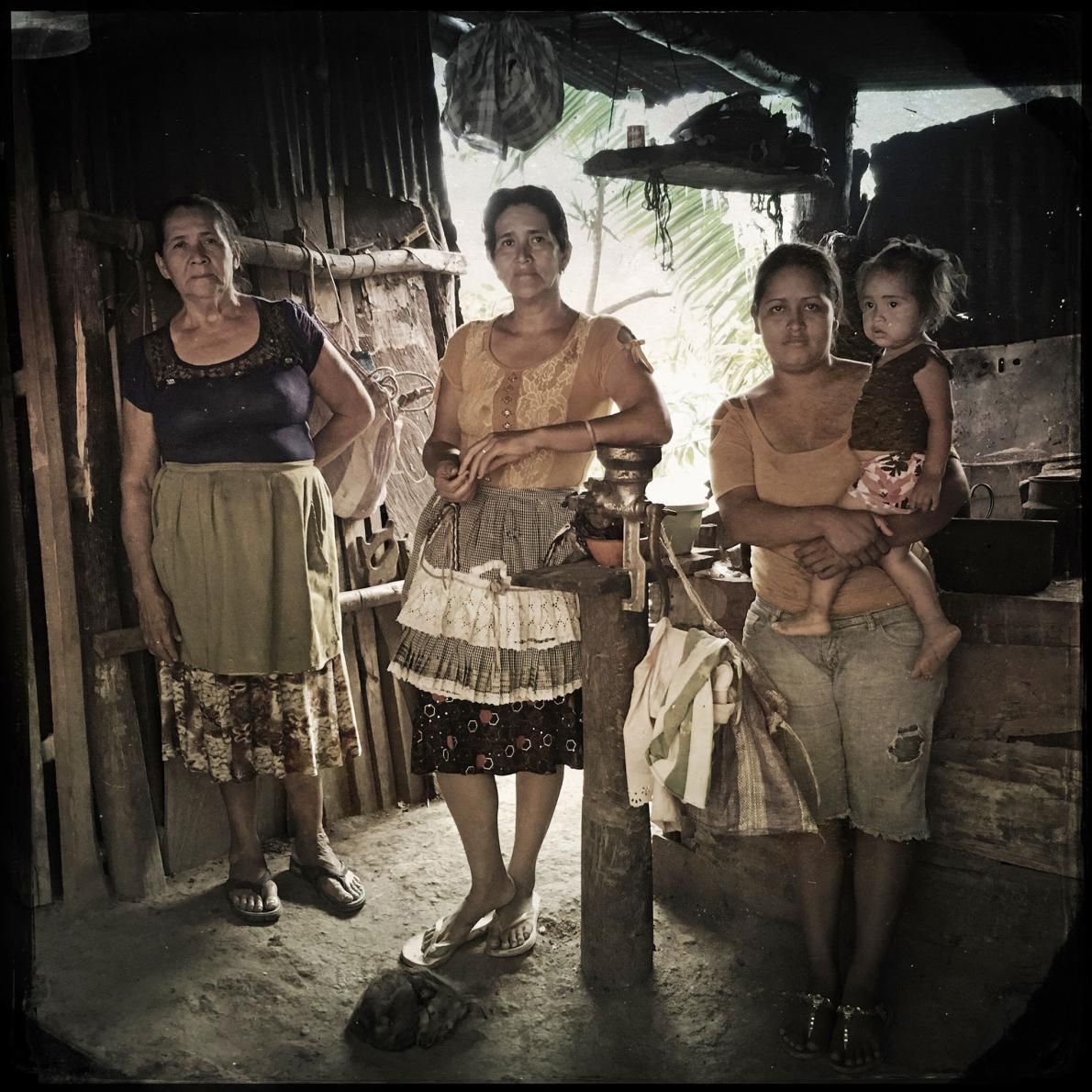On Easter Sunday morning, in the small town of San Antonio Aguas Calientes in central Guatemala, Elbia Pérez and her sister, daughters, and 18-month-old grandson are crowded around their kitchen table. On the table, a large pot of tamales, handfuls of spicy meat and corn dough wrapped in plantain leaves, stands waiting to be steamed. The room is filled with talk, laughter, and smoke—gritty, eye-watering smoke that sticks in the throat and provokes deep, scratchy coughs.
The problem isn’t that the family lacks a functioning stove. In fact the aluminum-sided kitchen—part of a compound that shelters 45 extended-family members—contains three. But the two-burner gas stove is out of fuel, and the Pérez family can’t afford to fill it. Their efficient woodstove, a knee-high concrete cylinder donated by an aid group called StoveTeam International, is too small to support the tamale pot. So, as she does about once a month, Perez has fired up the old wood-burning stove, a crumbling, chimney-less brick ruin whose smoke pours directly into the unventilated kitchen. Everyone notices the smoke, but it’s a familiar annoyance—and compared with the daily challenge of affording food and fuel, it’s a minor one.
Some three billion people around the world cook their food and heat their homes with open or barely contained fires, and while the smoke dissipates quickly, its accumulated costs are steep. The typical cooking fire produces about 400 cigarettes’ worth of smoke an hour, and prolonged exposure is associated with respiratory infections, eye damage, heart and lung disease, and lung cancer. In the developing world, health problems from smoke inhalation are a significant cause of death in both children under five and women. “The first thing we swallowed every morning was smoke,” remembers Marco Tulio Guerra, who grew up in rural eastern Guatemala and whose brother was severely burned as a child by the family cooking fire. To fuel the smoky fires, families can spend 20 hours a week or more gathering wood, time that might otherwise be spent at school, at work, or simply at rest.
Wood-burning household fires and inefficient stoves cause broader suffering, too. The firewood trade promotes deforestation and also provides cover for timber smuggling, since wood from rare trees can be hidden among logs from more common species. The smoke from cook fires pollutes the air outdoors as well as indoors, especially in cities. And as a major source of black carbon—a sunlight-absorbing pollutant—the world’s billions of household fires are also thought to be accelerating the effects of climate change, speeding the disruption of monsoon cycles and the melting of glaciers.
In the 1970s, a major earthquake in Guatemala brought international aid groups to the country, where they learned about the health and environmental costs of open cooking fires. Since then, a diffuse network of engineers and philanthropists has invented and distributed hundreds of different kinds of improved stoves throughout the developing world, ranging from tiny, gas-powered camping stoves to wood-fired ranges large enough to feed a dozen. Thanks to an initial investment by StoveTeam International, Guerra now owns a factory in central Guatemala—one of several similar operations in Mexico and Central America—that manufactures eight types of improved cookstoves, and he sells them to both aid groups and individuals throughout the country. His very first stove, which he built by hand almost a decade ago, is still in daily use nearby, in Rosa de Sapeta’s kitchen. De Sapeta says that her family used to avoid the smoke-filled kitchen, but now, she says, “I have company when I cook.”
New cookstoves aren’t always adopted so easily and enthusiastically, however. For a stove to be fully accepted by a household, both stove and fuel must be affordable, accessible, and easy to use—goals that aren’t easy to achieve simultaneously, as the Pérez family has found. And in places where the social status of women is still tightly tied to the quality of their cooking, woe to the stove whose output doesn’t measure up to local culinary standards. “When I started this work, I thought it was just a matter of choices and appliances,” says Radha Muthiah, the chief executive officer of the Global Alliance for Clean Cookstoves, which was founded in 2010 and is hosted by the United Nations Foundation, with support from public and private funds. “But as you get into it, you realize there are so many different considerations.” Muthiah and other stove experts emphasize that there is no single ideal stove or ideal fuel, as every household, every community, and every culture has different needs and priorities: a stove designed for rural Guatemala may well be completely impractical in Nairobi.
To make it possible for each family to choose its own ideal stove, the Alliance recently provided start-up funding to two retail stores in Guatemala. Called Estufas Mejoradas y Mas—“Better Stoves and More”—the stores are run by local women, and they stock gas and wood-burning stoves of all sizes. Prospective customers can try out the stoves before choosing one, making tortillas from dough supplied by the stores.
The long-term benefits of a cleaner-burning wood stove, even when fully accepted by a household, are uncertain. Stoves that burn cleanly and efficiently in the laboratory, under standardized conditions, may not sustain their performance over years of everyday use. Deep in the western highlands of Guatemala, where the Mayan language of Mam is spoken more frequently than Spanish, a series of long-running public-health studies has measured the effects of improved wood-burning cookstoves on childhood health. An international team of researchers led by Kirk Smith of the University of California, Berkeley, found that while the new stoves did improve household air quality and reduce the frequency of childhood illnesses such as pneumonia, the indoor air pollution was still far above guidelines set by the World Health Organization. The team, now led by Lisa Thompson of Emory University, recently studied if and how families can be encouraged to adopt three-burner gas stoves—which have a comparable carbon footprint and, of course, emit no smoke at all. Thompson and a network of collaborators are now expanding this research to India, Peru, and Rwanda, studying how gas-stove adoption—and associated improvements in household air quality—affects the health of mothers and children.
Expedita Ramírez Marroquin, a Mam-speaking midwife, and Micaela Ysidro Marroquin, a local health worker, have collaborated for many years with the research team, and they facilitated classes for the expectant mothers who participated in the gas-stove study. The participants learned how to light their stoves and check for gas leaks, and they role-played potential domestic challenges—such as convincing a dubious husband or other family member to help them pay for gas cylinder refills. Ramírez Marroquin observes that older generations are often dismissive of the new stoves and their promised benefits. “The parents and the in-laws will say, well, according to the researchers we should be dead already—but we’re not, so why bother?” she says. Young couples able to set up their own households, on the other hand, are often eager to save time and money and are quicker to change.
Given time, though, even in-laws can adopt new ways. In the western highlands where Ramírez Marroquin works, great-grandmother Eugenia Velásquez Orozco remembers when her household switched from an open fire to a chimney stove. She missed the direct heat on cold mountain mornings, but she got used to the change. Now her granddaughter-in-law, a new mother and a participant in the study, is learning to use a gas stove. “Give me another five years,” Orozco says with a grin, “and maybe I’ll get used to that, too.”
